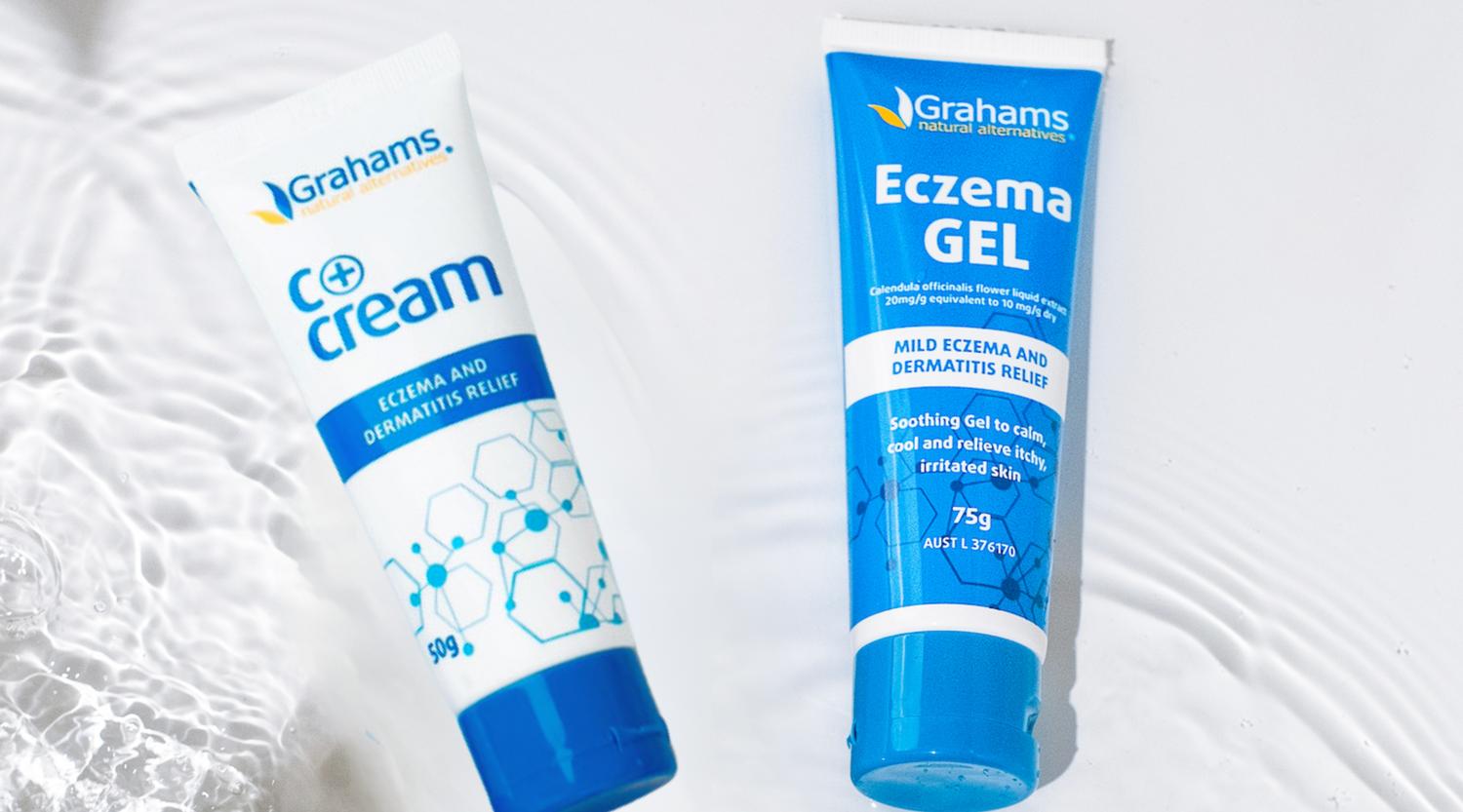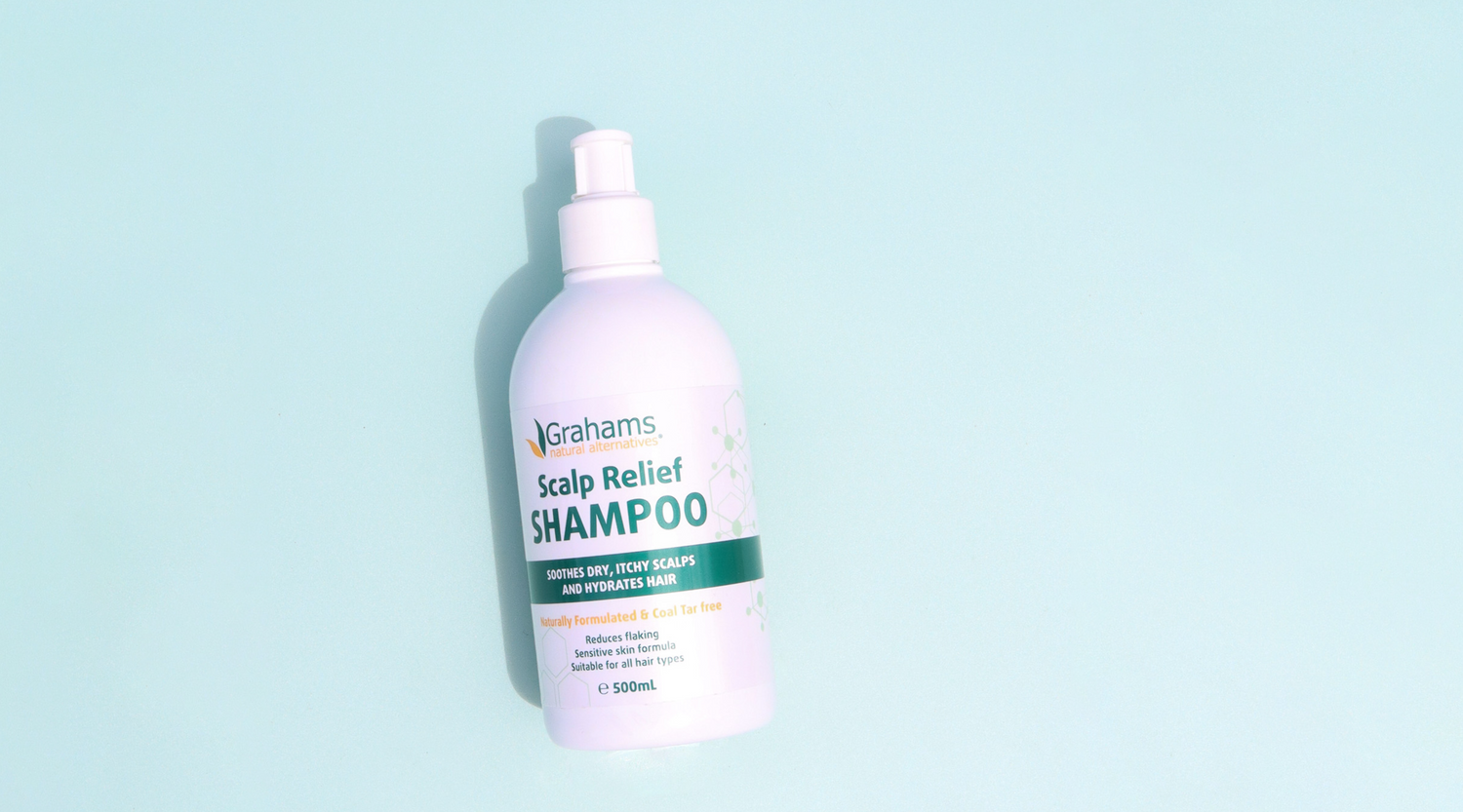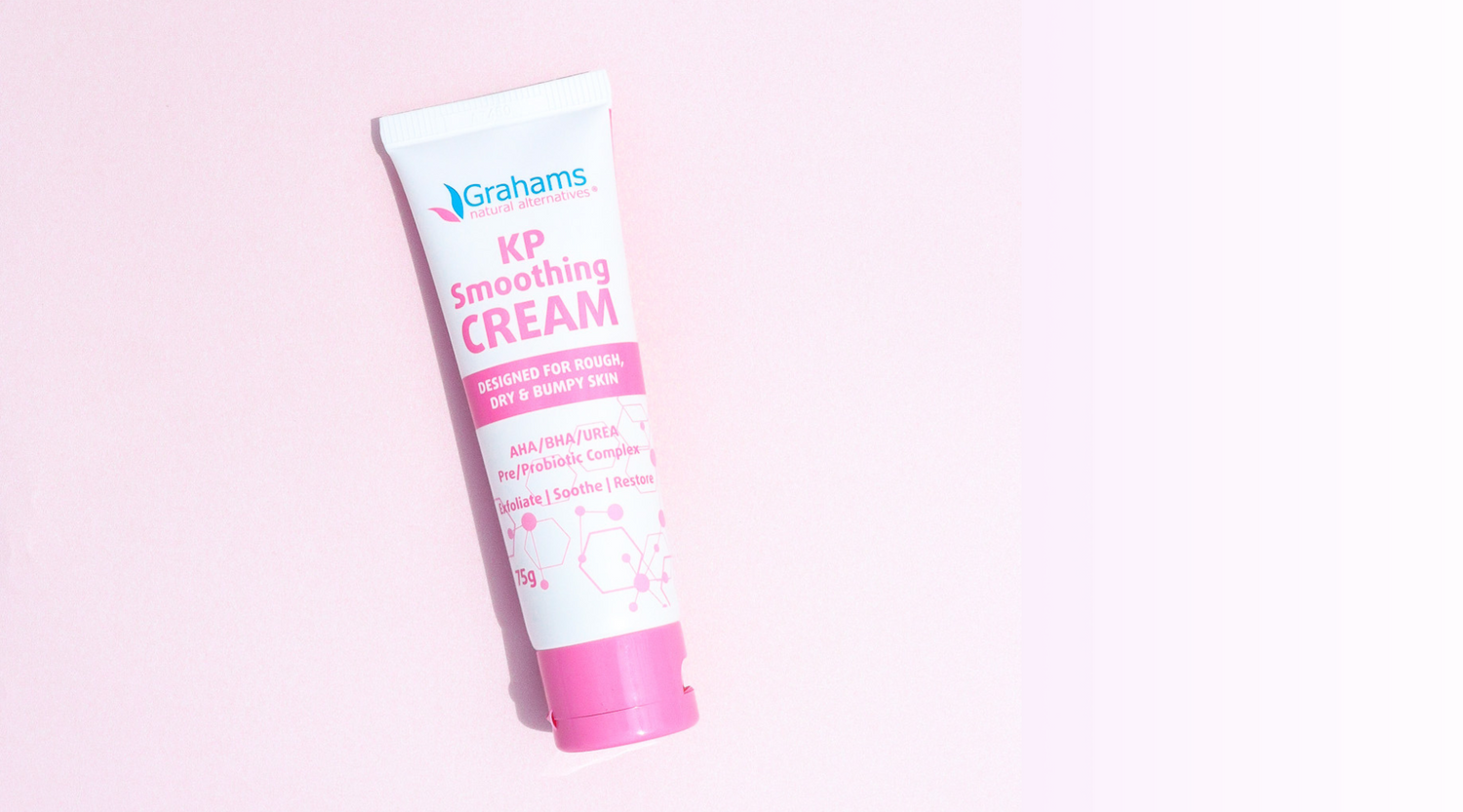Baby eczema can have vary significantly depending on the type of eczema present. There are four main types including atopic dermatitis, contact dermatitis, dyshidrotic eczema, and seborrheic eczema (also known as cradle cap).
While the exact causes of eczema are unknown, researchers have found children develop eczema due a combination of genes and environmental triggers.
Children who come from families with a history of ‘the atopic triad’ (atopic dermatitis, asthma, and hay fever), are more susceptible to developing eczema.
Atopic Dermatitis
Atopic dermatitis is the most common form of eczema in children.
It is caused when the immune system goes into overdrive and as a result the skin cells react and flareup. General symptoms of atopic dermatitis include red, dry, and itchy skin. Sores may also be present.
Infants and toddlers develop atopic dermatitis on places that are easy to scratch and rub as they are crawling. This is usually the elbows and knees. It is also commonly found on the face.
In the older children, atopic dermatitis usually appears in the folds of skin.
Rash or red skin behind the ears may also be a sign of atopic dermatitis. It is important to remember symptoms occur differently with each child.
Contact Dermatitis
Contact dermatitis occurs when the skin reacts to contact with a substance. These can either be irritants or allergens. Irritants are the most common cause of contact dermatitis in children. It is the direction reaction of contact with a substance. In comparison allergens cause the immune system to react.
The body releases defence chemicals that cause skin symptoms.
In children the most common irritants are:
- Soaps and detergents
- Spit (saliva)
- Urine in a diaper
- Lotions and perfumes
In children the most common allergens are:
- Plants:
- Metals
- Latex
- Cosmetics
Unlike atopic dermatitis, it is not genetic and not linked to any other form of illness like asthma or hay fever. General symptoms of contact dermatitis include red and itchy skin. The main symptomatic difference between atopic dermatitis and contact dermatitis can cause the skin to blister and burn which can have a major impact on a person’s quality of life.
Dyshidrotic eczema
Dyshidrotic eczema is defined as small, intensely itchy, water filled blisters on the feet or hands. Although it involves limited areas of the body, they are areas that are frequently seen and can have a big impact on those with the condition. Dyshidrotic means ‘disordered sweating’ and while sweat itself doesn’t cause the condition, having moist palms and soles can trigger flares as it leads to itching and scratching.
Seborrheic Dermatitis
Seborrheic dermatitis in children most commonly appears on the scalp and is known as ‘cradle cap’. The cause of seborrheic dermatitis is not known, however is believed to be a combination of factors including genes, yeast that lives naturally on the skin, stress, chemical irritants and dry/cold weather that causes the skin to overproduce oil. Researchers have also found seborrheic dermatitis in infants can be caused by hormones from the mother. Unlike other forms of eczema, seborrheic dermatitis is not a result of an allergy.
It usually disappears between the age 6-12 months. Symptoms include yellow crust, red and flaky skin, pink patches that join with the red skin and swollen skin.





